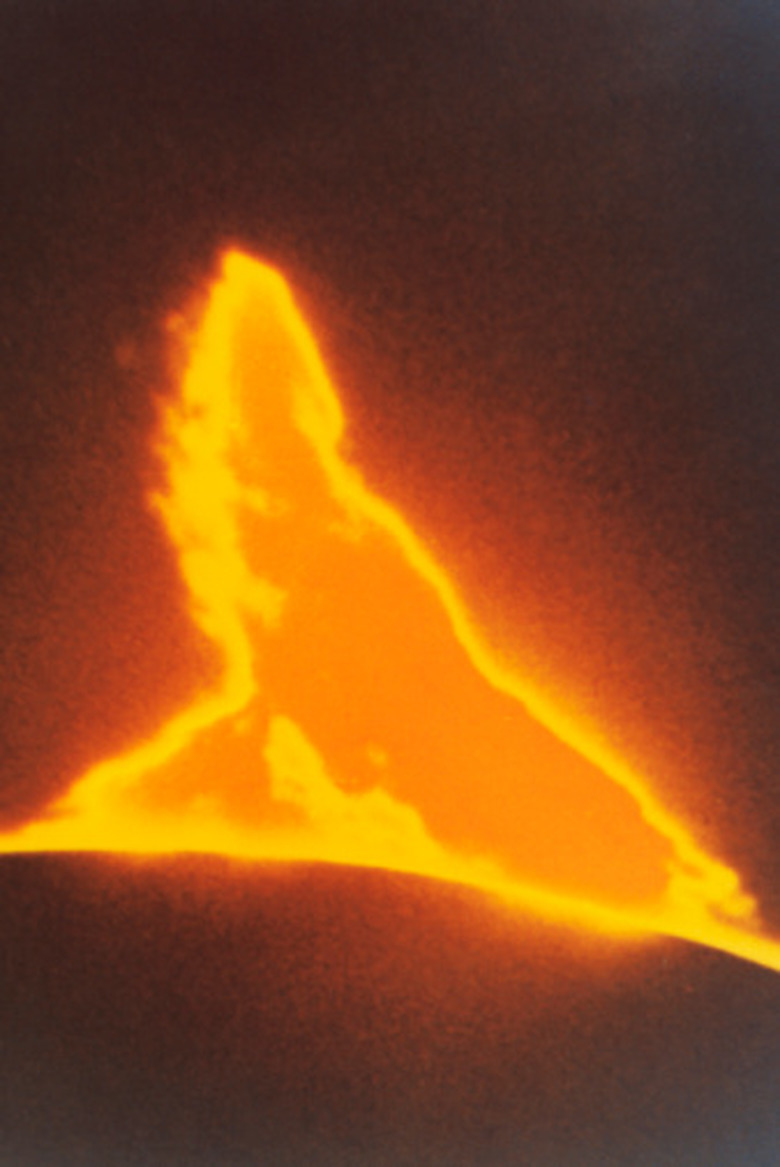How Does The Sun Affect The Earth?
Without the sun the planet would be a cold, lifeless chunk of rock. People can feel the warming effects of the sun, but many people do not know of the other ways the sun interacts with Earth. Learn about these effects, good and bad, in order to have a full understanding of the importance of the sun.
Solar Flares and Coronal Mass Ejections
Solar Flares and Coronal Mass Ejections
Powerful explosions in the sun's atmosphere accelerates subatomic particles to near the speed of light, which produces a broad range of electromagnetic radiation. Coronal mass ejections actually eject material from the sun's corona, sending billions of tons of electrified gas shooting away at incredible speeds. NASA solar astrophysicist C. Alex Young says, "These are the two types of space weather that have a direct impact on Earth."
Sunspots
Sunspots
An increase in sunspots leads to an increase in solar weather. Sunspots follow an 11-year cycle, enabling humans to anticipate these increases. Between the peak and minimum of the 11-year cycle, a change in solar radiation exists of 0.1 percent — enough to change the global surface temperature by 0.1 degree Celsius.
Stratosphere
Stratosphere
In Earth's atmosphere, the sun has the largest impact upon the stratosphere, which is where the ozone layer is. The troposphere is the layer below the stratosphere, which is where weather occurs. Heating up the lower stratosphere heats up the upper troposphere. If the surface of the planet is hot, and the troposphere is cold, then the temperature difference causes strong updrafts, which leads to stronger storms and hurricanes. When the 11-year sunspot cycle is at its peak, updrafts and hurricane strength are reduced.
Magnetosphere
Magnetosphere
The magnetosphere surrounds Earth and protects it from charged particles and plasma, like a shield. Sometimes when this material strikes the magnetosphere, it compresses it and rebounds off. This compression induces an electrical current in the atmosphere and on the ground. If the current is large enough, then it will travel through wiring or pipelines, and even knock out power transformers. A sun storm in 1989 knocked out Canada's Hydro-Quebec power grid for more then nine hours.
Accelerated Particles
Accelerated Particles
As a coronal mass ejection travels through space, it pushes radiation particles in front of it. These particles travel at a high rate of speed, and will pass right through a human body or artificial satellite. This can damage the electronics aboard a satellite and cause genetic damage to humans as it passes through the cells. The atmosphere protects humans on Earth from these particles, but astronauts and satellites orbiting Earth are in danger. Knowing when such a storm is coming enables astronauts to take shelter behind the thick walls of their ship.
Cite This Article
MLA
Jasper, Thomas. "How Does The Sun Affect The Earth?" sciencing.com, https://www.sciencing.com/sun-affect-earth-8621943/. 24 April 2017.
APA
Jasper, Thomas. (2017, April 24). How Does The Sun Affect The Earth?. sciencing.com. Retrieved from https://www.sciencing.com/sun-affect-earth-8621943/
Chicago
Jasper, Thomas. How Does The Sun Affect The Earth? last modified August 30, 2022. https://www.sciencing.com/sun-affect-earth-8621943/

